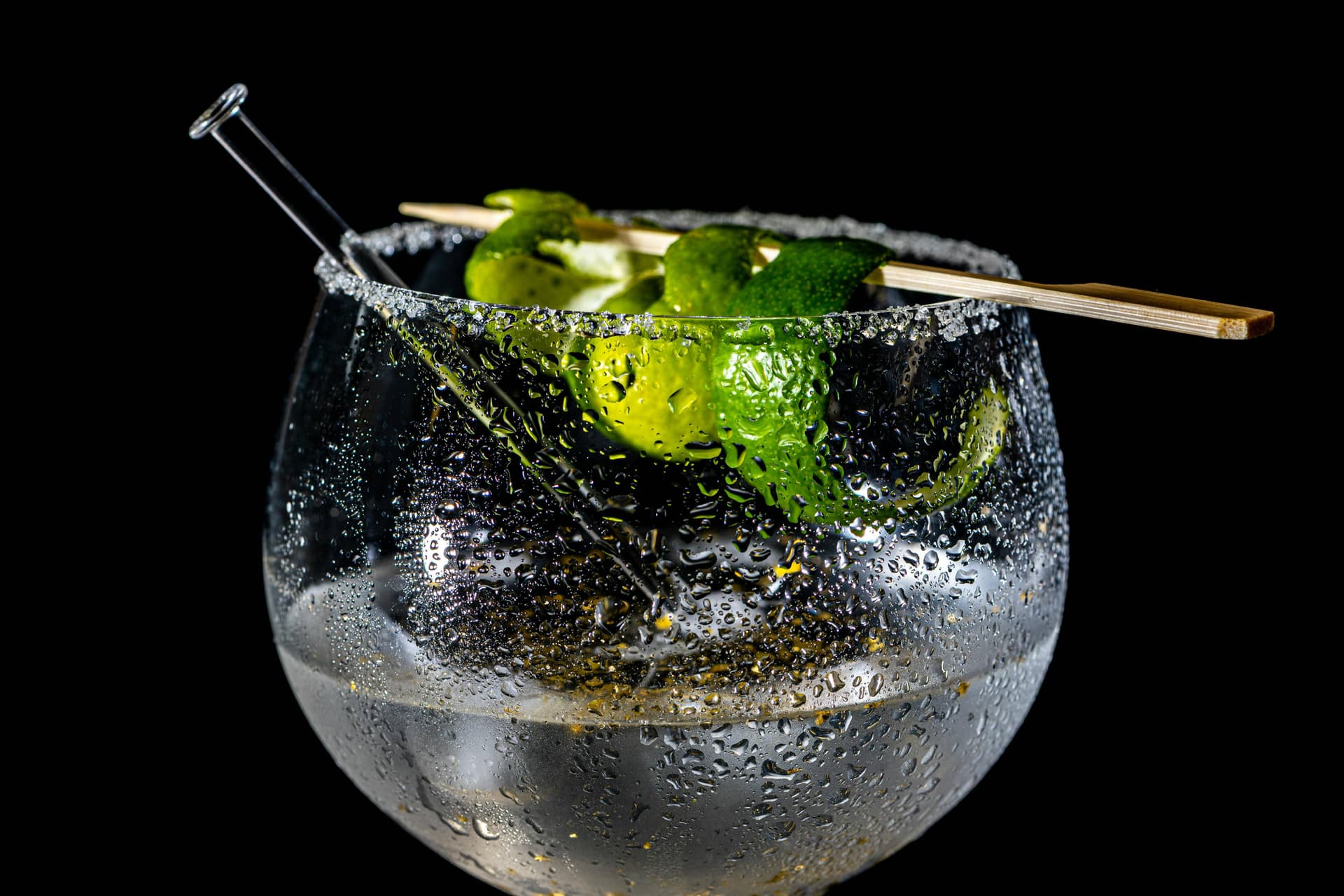Twist Cocktail Garnish Explained With Easy Tips To Try At Home
Garnishes complete a cocktail by bringing symmetry between presentation, aroma, and flavour. They are not merely decorative but functional elements that influence the first impression of a drink. A garnish such as a twist of citrus peel releases essential oils that enhance aroma and taste, complementing the drink’s base profile while adding character. A well-chosen twist garnish adds contrast, accentuates texture, and even alters how sweetness or acidity is perceived.
The twist garnish originated from early bartending traditions in the late 19th century, when bartenders discovered that rubbing citrus peels along glass rims enhanced both scent and flavour. Over time, this evolved into the elegant curled twist seen today, symbolising attention to detail and craft. The technique of expressing citrus oil became a standard of classic mixology, transforming cocktails into refined serves.
Today, twist garnishes—whether lemon, cucumber, lime, or orange—remain an essential finishing touch. Their clean, aromatic notes brighten complex profiles, making them ideal for both cocktails and mocktails. The garnish turns an ordinary serve into a polished, professional presentation that engages sight, smell, and taste simultaneously.
How To Make A Perfect Twist Cocktail Garnish?
To make a perfect twist garnish, start with a firm citrus fruit such as lemon, lime, or orange. Wash it thoroughly and chill it for ten minutes to make peeling easier. Hold the fruit firmly in one hand and use a sharp peeler or channel knife to cut a long, thin strip of peel at a shallow angle, keeping it about one to two centimetres wide. Avoid cutting too deep into the white pith, as that can make the twist bitter.
Next, hold both ends of the peel and twist it gently over the drink to express aromatic oils onto the surface. This adds brightness and a hint of bitterness to balance sweetness. To give the twist a perfect curl, wrap it around a bar spoon or straw for a few seconds. You can then rest it elegantly on the rim or drop it inside the glass for a polished finish.

How To Make A Perfect Twist Cocktail Garnish With Fruit Peels And Ribbons? 5 Tips
Creating twist garnishes is a simple yet elegant way to elevate any cocktail or mocktail. Here is how to make them using everyday fruits and vegetables while maintaining balance between texture, aroma, presentation.
- Use a vegetable peeler to shave long, thin ribbons from a chilled cucumber. Roll each ribbon gently around a straw or skewer, then refrigerate it for ten minutes. This helps it retain its curl. Place it along the inside of a glass or rest it over the rim for a fresh, green accent.
- Select a firm apple and use a knife to peel a continuous strip. Rub it lightly with lemon juice to prevent browning. Twist it around a bar spoon for a neat spiral, then chill it briefly before serving. It adds crisp aroma and gentle sweetness.
- Select fresh, unblemished lemon leaves. Rinse and pat them dry, then roll each leaf tightly around a straw or a bar spoon to create a natural curl. Chill for five minutes to set the shape. The leaf adds a soft citrus aroma and a sophisticated, botanical touch to clear or citrus-based cocktails.
- Pomelo peels are thicker than most citrus fruits, making them ideal for firm, structured twists. Use a paring knife to cut a thin outer layer, avoiding excess pith. Twist it gently to express aromatic oils before resting it on the glass. It provides a floral scent and subtle bitterness.
- Peel a long, even grapefruit strip using a peeler at a 25° angle. Roll it around a cold metal spoon to form a tight spiral. Grapefruit peels add brightness, tang, and a slightly sweet aroma that balances richer drinks.
*Drink Responsibly. This communication is for audiences above the age of 25.




